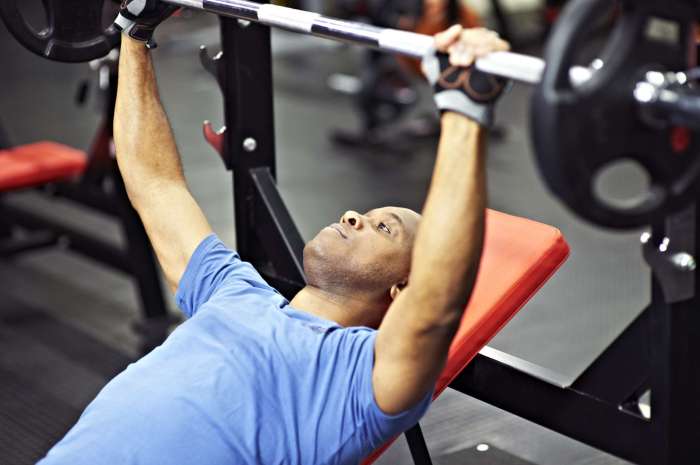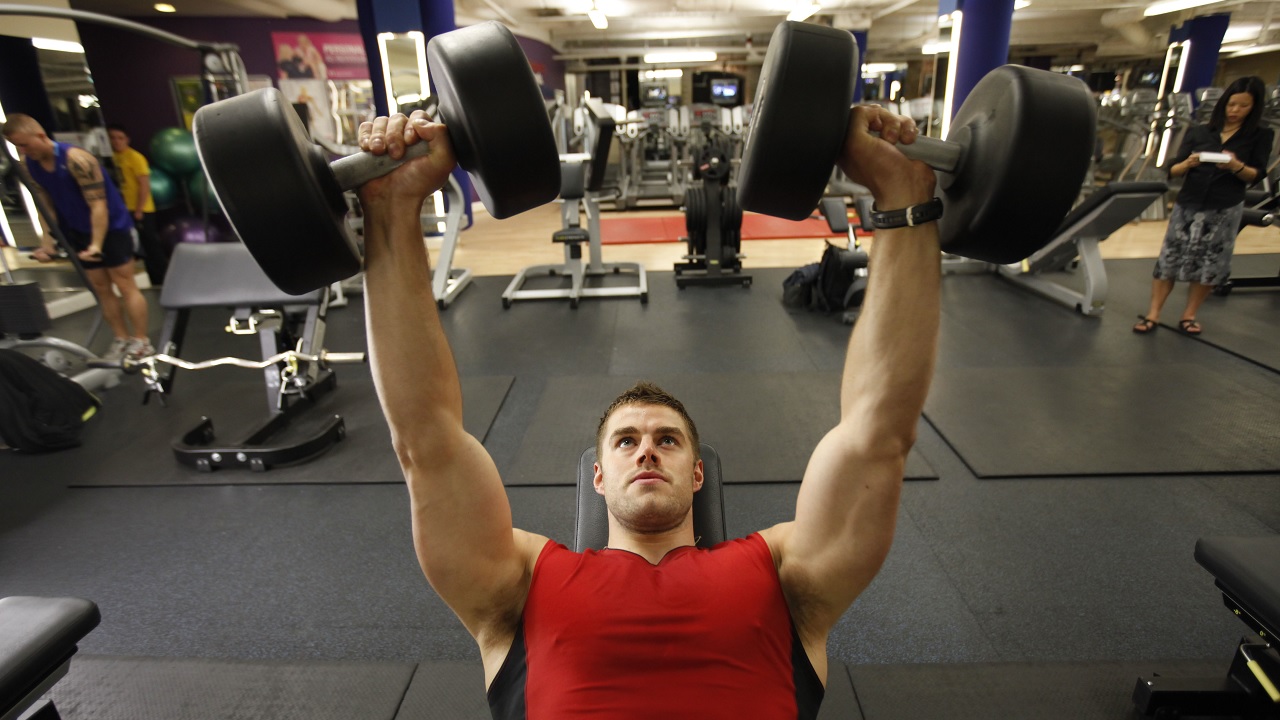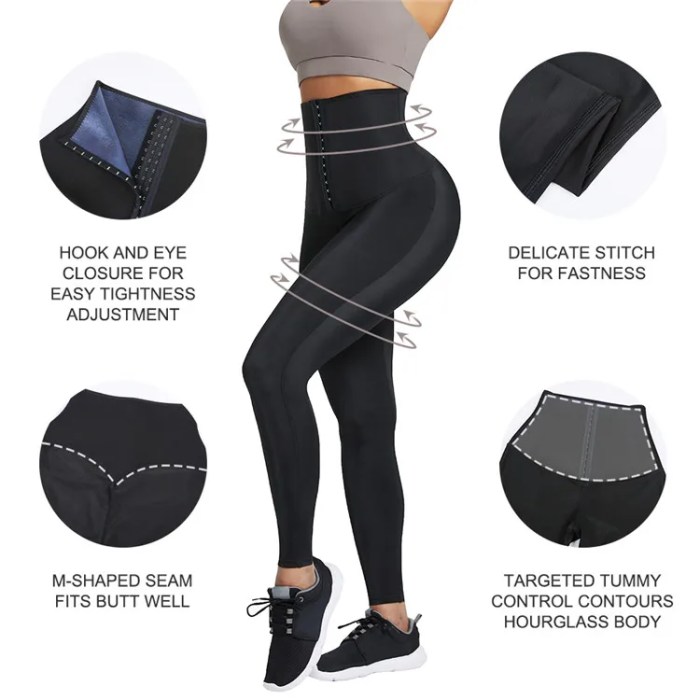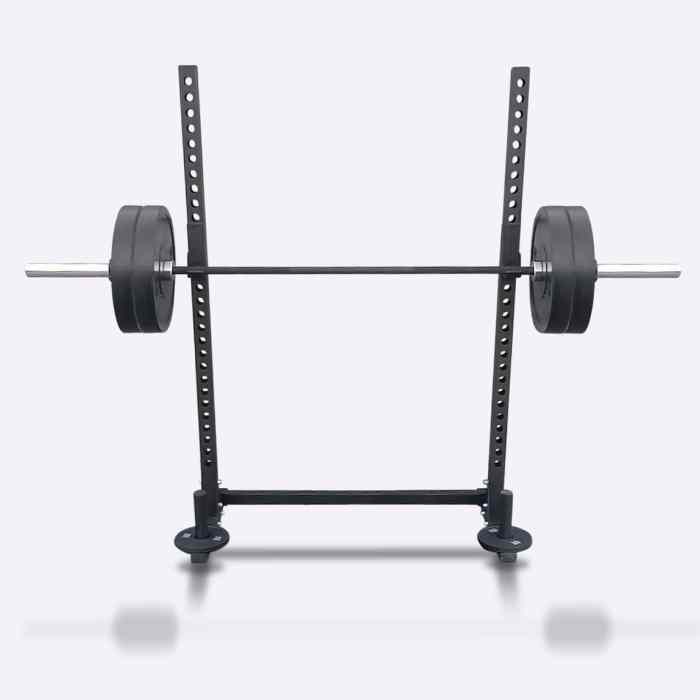Protect as a lifter in a gym – Protect as a Lifter in the Gym sets the stage for this enthralling narrative, offering readers a glimpse into a story that is rich in detail and brimming with originality from the outset. This comprehensive guide delves into the essential aspects of staying safe and maximizing results in the gym, providing a wealth of practical tips and expert advice to empower lifters of all levels.
From injury prevention techniques and equipment safety to spotting and assistance, recovery and nutrition, and gym etiquette, this guide covers everything you need to know to protect yourself and thrive in the gym environment. With its engaging writing style and accessible language, Protect as a Lifter in the Gym is an indispensable resource for anyone looking to enhance their lifting journey and achieve their fitness goals.
Injury Prevention Techniques

Protecting yourself from injuries is paramount in weightlifting. Injuries can stem from improper form, inadequate warm-ups, or overexertion. Understanding common injuries and implementing preventive measures can help you stay safe while achieving your fitness goals.
Warm-Up and Cool-Down Exercises
Warming up prepares your body for the strenuous activity of lifting weights, reducing the risk of muscle strains and tears. Cool-down exercises help your body recover, promoting flexibility and reducing muscle soreness.
- Warm-up:Dynamic stretches, light cardio, and activation exercises.
- Cool-down:Static stretches, foam rolling, and light cardio.
Maintaining Proper Form
Proper form is crucial for injury prevention. Incorrect form can put undue stress on your joints, muscles, and connective tissues, leading to injuries.
- Use a full range of motion, but avoid overextending or rounding your back.
- Keep your core engaged throughout the lift.
- Control the weight throughout the entire movement.
- Use a spotter for heavy lifts or when necessary.
Common Lifting Injuries
Some common lifting injuries include:
- Muscle strains:Overstretching or tearing of muscle fibers.
- Ligament sprains:Tearing or overstretching of ligaments.
- Tendonitis:Inflammation of tendons.
- Disc herniation:Protrusion of the soft, inner part of an intervertebral disc.
By following these injury prevention techniques, you can minimize the risk of injuries and maximize your fitness journey.
Equipment Safety

Protecting yourself while lifting weights requires using the right equipment. It helps ensure proper form, prevents injuries, and allows you to lift heavier weights safely. Choosing the appropriate weight for your fitness level is also crucial. Start with a weight that challenges you but allows you to maintain good form.
Gradually increase the weight as you progress.
Weightlifting Belts
Weightlifting belts provide support for your lower back during heavy lifts. They help maintain proper spinal alignment and reduce the risk of back injuries. Choose a belt that fits snugly around your waist and provides adequate support without restricting your movement.
Wrist Wraps
Wrist wraps offer support and stability to your wrists during exercises that involve gripping weights. They help prevent wrist pain and injuries, especially during heavy lifts or exercises that require repetitive wrist movements.
Other Supportive Gear
Other supportive gear, such as knee sleeves, elbow sleeves, and lifting shoes, can provide additional protection and support during specific exercises. Consider using them if you experience discomfort or pain in those areas.
Spotting and Assistance

Ensuring safety while lifting weights is paramount. Spotting and assistance play a crucial role in preventing injuries and enhancing performance.
As a lifter, protecting yourself from injury is paramount. It’s like being a superhero in the gym, but instead of fighting villains, you’re battling the forces of gravity and momentum. To ensure your safety, consider checking out the comprehensive resource at FEMA IS-700 Answers to Test . This guide provides invaluable tips and techniques to minimize risks while maximizing your gains.
Remember, a lifter’s strength lies not only in their muscles but also in their ability to protect themselves.
A spotter is an individual who assists a lifter during exercises, providing support and safety. Their responsibilities include:
- Monitoring the lifter’s form and technique.
- Providing physical assistance when the lifter reaches a point of failure.
- Encouraging the lifter and providing motivation.
Effective spotting techniques vary depending on the exercise being performed. Here are some general guidelines:
- Bench Press:Stand behind the lifter, with your hands placed slightly above their chest. Assist by pushing upwards if they struggle to complete a rep.
- Squats:Stand behind the lifter, with your hands placed on their lower back. Assist by providing upward force if they lose balance or need help completing the movement.
- Deadlifts:Stand to the side of the lifter, with one hand on their back and the other on their hips. Assist by pulling upwards if they struggle to lift the weight off the ground.
Having a training partner or coach for support can provide numerous benefits:
- Safety:A spotter can help prevent injuries by providing assistance when needed.
- Motivation:A training partner can provide encouragement and motivation, helping you push through challenging sets.
- Progress Tracking:A coach can monitor your progress, provide feedback, and adjust your training program accordingly.
Recovery and Nutrition

Recovering from workouts and fueling your body are crucial for muscle growth and injury prevention. This section will discuss the importance of rest and recovery, provide a sample meal plan, and explore the role of supplements in enhancing recovery and performance.
Importance of Rest and Recovery
Adequate rest allows your muscles to repair and rebuild, promoting muscle growth and reducing the risk of injuries. Aim for 7-9 hours of quality sleep each night and incorporate rest days into your training schedule to allow your body to fully recover.
Sample Meal Plan
A well-balanced meal plan should provide the nutrients your body needs to support training and recovery. Consider a plan that includes:
- Protein:1.2-1.7 grams per kilogram of body weight per day for muscle growth and repair.
- Carbohydrates:4-6 grams per kilogram of body weight per day for energy.
- Fats:1-1.2 grams per kilogram of body weight per day for hormone production and cell function.
Role of Supplements
Supplements can be beneficial in enhancing recovery and performance, but they should not replace a balanced diet. Consider the following:
- Protein powder:Can help increase protein intake for muscle growth.
- Creatine:May improve muscle strength and power.
- Beta-alanine:Can reduce muscle fatigue during high-intensity exercise.
Always consult a healthcare professional before taking any supplements.
Gym Etiquette and Safety

Maintaining a safe and respectful environment in the gym is crucial for everyone’s well-being. Adhering to proper gym etiquette ensures a harmonious and enjoyable experience for all.
One of the most important aspects of gym etiquette is re-racking weights and cleaning equipment after use. Leaving weights on the floor or equipment scattered around can create tripping hazards and inconvenience others. Additionally, wiping down equipment after use helps prevent the spread of germs and keeps the gym clean and sanitary.
Respecting Others’ Space and Equipment, Protect as a lifter in a gym
Respecting others’ space and equipment is essential in the gym. Avoid crowding or hovering over someone while they are using equipment. Wait your turn patiently and ask politely if you need to use a piece of equipment that is occupied.
If you need to adjust a machine or bench, ensure you do so carefully and avoid damaging the equipment. Always use the appropriate safety features and follow the manufacturer’s instructions to prevent accidents.
Creating a Positive and Safe Gym Environment
Creating a positive and safe gym environment is a shared responsibility. Be mindful of your surroundings and be aware of others. Offer assistance to those who may need it, such as spotting a lift or helping someone adjust equipment.
Follow the gym’s rules and regulations, including dress code and noise levels. Avoid engaging in disruptive behavior that may disturb others or create an unsafe environment.
By following these guidelines, you can help create a gym environment that is safe, respectful, and enjoyable for everyone.
FAQ Corner: Protect As A Lifter In A Gym
What are the most common lifting injuries?
Some of the most common lifting injuries include sprains, strains, and tears in the muscles, tendons, and ligaments. These injuries can occur due to improper form, excessive weight, or inadequate warm-up.
How can I prevent lifting injuries?
To prevent lifting injuries, it is crucial to maintain proper form, warm up thoroughly before lifting, and gradually increase the weight you lift. Additionally, using appropriate equipment and having a spotter when necessary can further minimize the risk of injury.
What is the role of a spotter?
A spotter is responsible for assisting a lifter during exercises, ensuring their safety and helping them maintain proper form. Spotters provide support and can help prevent injuries by catching the weight if the lifter is unable to complete the lift.
How important is rest and recovery for lifters?
Rest and recovery are essential for lifters to allow their muscles to repair and rebuild. Adequate rest helps prevent injuries, reduces muscle soreness, and promotes overall fitness. It is recommended to incorporate rest days into your training schedule and get sufficient sleep each night.
What are some tips for creating a positive and safe gym environment?
To create a positive and safe gym environment, it is important to follow gym etiquette, such as re-racking weights, cleaning equipment after use, and respecting others’ space. Additionally, being mindful of your surroundings, avoiding distractions, and maintaining a positive attitude can contribute to a safe and enjoyable gym experience for everyone.
